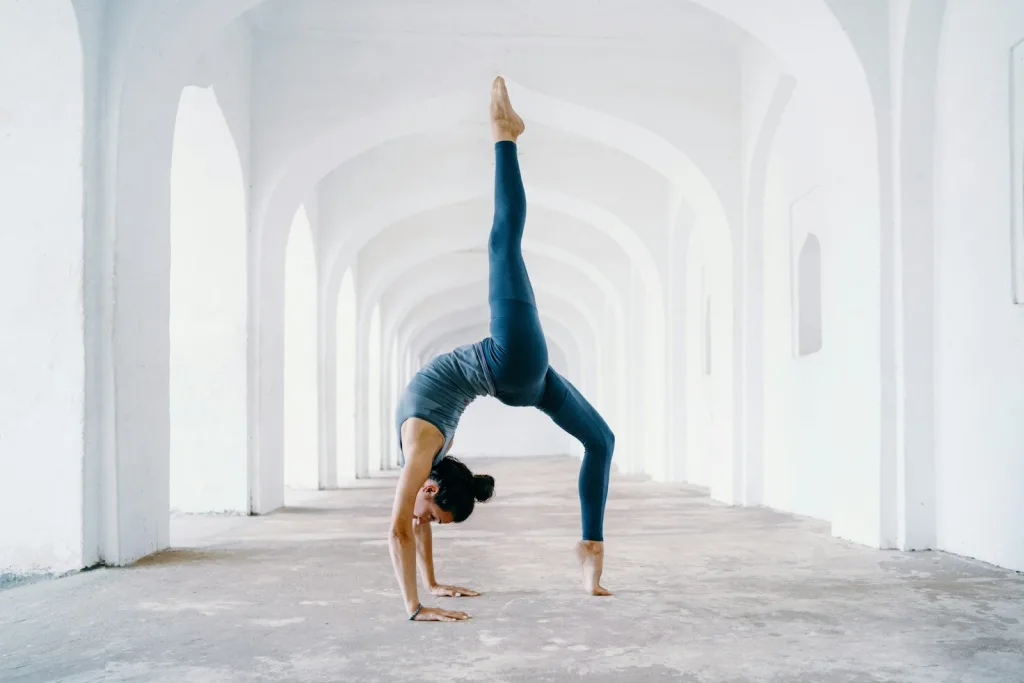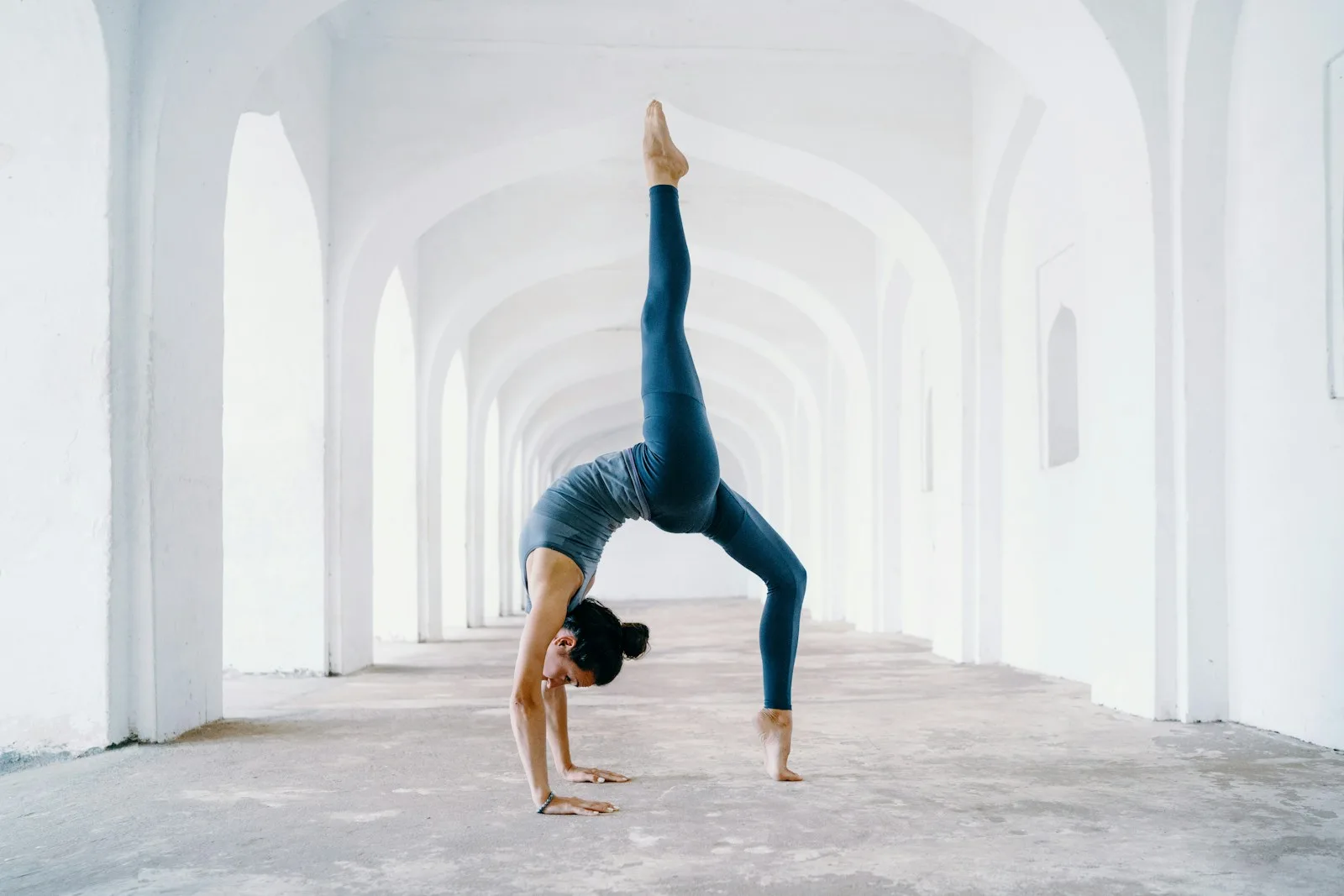
Improving flexibility and balance is essential for overall fitness and can significantly enhance your daily activities and athletic performance. This guide provides a detailed exploration of effective exercises designed to increase flexibility and balance, offering practical tips on how to integrate these exercises into your routine to achieve optimal results.
The Importance of Flexibility and Balance
Flexibility and balance are critical components of physical fitness. Flexibility allows for greater freedom of movement and decreases the risk of injuries by helping muscles work more effectively. Balance, on the other hand, improves the ability to control the body’s position, whether moving or stationary, which is crucial for all age groups, particularly as it can prevent falls.
Key Exercises to Enhance Flexibility
- Static Stretching:
- Technique: Stretch the muscle to the point of mild discomfort and hold for 15-30 seconds. Repeat each stretch 2-3 times.
- Examples: Hamstring stretch, calf stretch, shoulder stretch.
- Benefits: Increases muscle length and reduces stiffness.
- Dynamic Stretching:
- Technique: Perform gentle repetitive movements, gradually increasing reach and speed.
- Examples: Leg swings, arm circles, torso twists.
- Benefits: Warms up the muscles, preparing them for physical activity.
Effective Balance Exercises
- Single-Leg Stands:
- Technique: Stand on one leg, hold for 30 seconds, and switch to the other leg. Increase difficulty by closing your eyes or standing on a cushion.
- Benefits: Strengthens the leg muscles and core, enhancing stability.
- Heel-to-Toe Walk:
- Technique: Walk in a straight line with your heel touching the toe of the other foot with each step.
- Benefits: Improves coordination and proprioceptive awareness.
Combining Flexibility and Balance Workouts
Yoga:
- Description: Combines various postures and breathing techniques to improve flexibility, balance, and relaxation.
- Routine: Classes or at-home sessions focusing on poses such as Tree Pose, Warrior III, and Downward Dog.
- Benefits: Enhances muscle and joint flexibility, boosts balance, and reduces stress.
Pilates:
- Description: Focuses on core strength, flexibility, and overall body alignment.
- Routine: Engage in a series of movements that target the core, including Pilates mat exercises.
- Benefits: Strengthens the core muscles which are pivotal for balancing and stabilizes the entire body.
Tips for Effective Training
- Consistency is Key: Regular practice is essential for progress. Aim to include flexibility and balance exercises in your daily routine.
- Progress Gradually: Increase the intensity and duration of your exercises slowly to avoid injury.
- Mind-Body Connection: Pay attention to your body’s responses. Proper form and mindful movements are crucial for preventing injuries and maximizing the benefits of each exercise.
Conclusion
Integrating flexibility and balance exercises into your fitness regimen can lead to significant improvements in your overall health and physical capabilities. These exercises not only enhance athletic performance but also contribute to a better quality of life by preventing injuries and improving daily functional movements.
